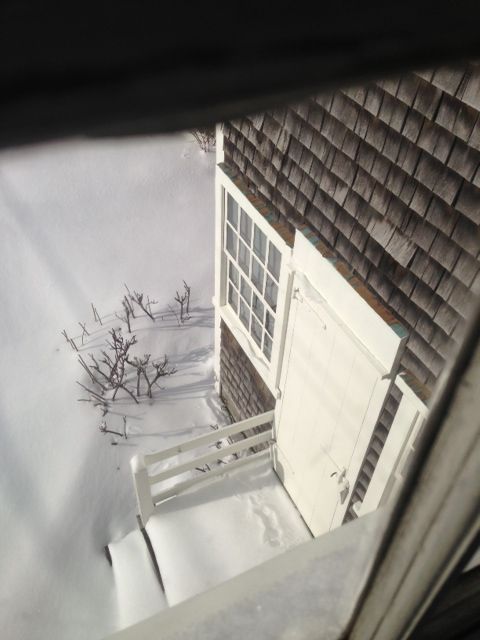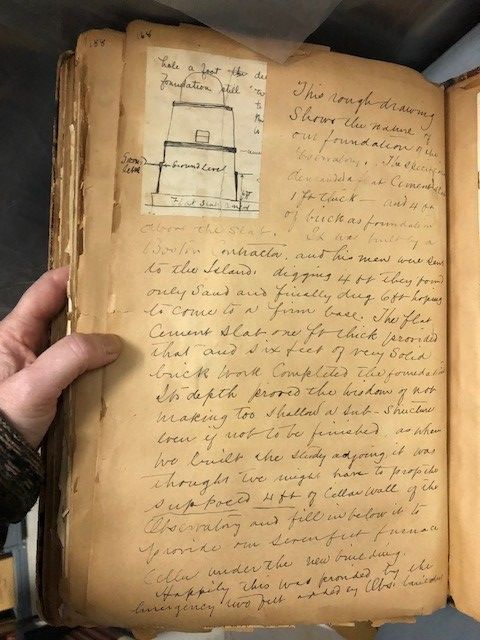The Work Begins
As we are now complete with the conservation of the historic Maria Mitchell Vestal Street Observatory (MMO), I thought it would be good to post a series of blogs concerning it history and activities, as well as some of the remarkable people who have made it what it is over the last 100 plus years. Therefore, over the next few weeks, the focus will be on the MMO. And it is now open for tours – Monday through Saturday 11-1PM.
In 1906, the MMA was given Maria Mitchell’s five-inch Alvan Clark telescope which Mitchell purchased with money raised by the Women of America in 1859. With the telescope, a fireproof observatory was needed to house it and the activities surrounding its use. A campaign was developed to raise the funds for an observatory and in approximately four months, a small observatory was built at a cost of $4,800.00.
Completed in 1908, the Maria Mitchell Observatory now was in need of a permanent astronomer. An Observatory Committee was developed and chaired by Annie Jump Cannon. From 1909 through 1911, the MMA was able to employ an astronomer to teach classes, observe, provide lectures, and open the observatory for public observing for approximately a month each summer. As the demand grew, the MMA realized that a more extensive program was needed and the Astronomical Fellowship Committee began to raise funds for an Astronomical Fellowship Fund. With the support of many generous donors and a matching gift from Andrew Carnegie, by 1911 the MMA had the funds it needed to support the fellowship and began its search for an astronomer who would conduct research, provide lectures and classes, and conduct open nights for the public from mid-June through mid-December. The fellow would spend the remainder four months in research and study – every fourth year a full year of study would be spent in an American or European observatory.
JNLF
Recent Posts





